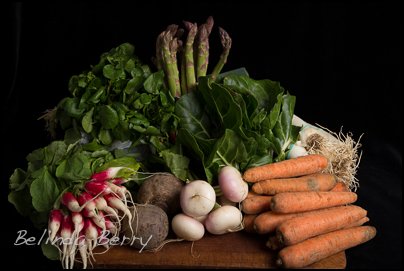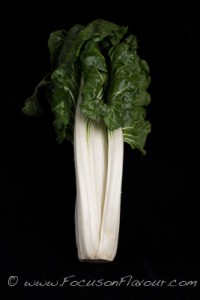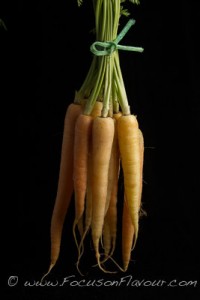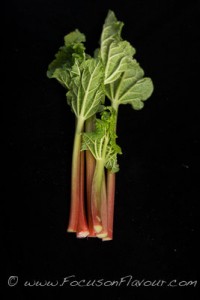It seems clear that the standard advice from governments in the US and UK over the last 20 years or so has not helped to prevent the rise of obesity and diabetes. Thankfully, opinions are changing as they are coming to realise that their advice was based on shaky foundations. Fat is no longer enemy no 1. Dietary cholesterol is not responsible for the increase in cholesterol in the blood. So once again, we can embrace eggs and natural sources of fat in our diet.
So with all the conflicting advice over the years, people may be wondering, well, what can we eat?
Here’s a good summary from Dr Mark Hyman, about what we should be eating.
I’ve resisted going down the Paleo route, because I think a lot of people take it to extremes. I don’t live in an area where coconuts grow, so I’m not going to go overboard for them. Leaving out beans and all grains doesn’t make sense to me as a gardener.
Similarly, for me, a completely vegan diet does not sit naturally with me. I like to have occasional fish, small amounts of meat, cheese and eggs.
But I agree with Dr Mark Hyman’s summary and I think that if you were to stick to these guidelines, you would naturally achieve a healthy weight with very little effort and improve your health overall.
The main points:
– Very low in terms of glycemic load, meaning low in sugar, flour, and refined carbohydrates of all kinds.
– High in vegetables and fruits. The deeper the colors, the more variety, the better, which provides a high phytonutrient content protective against most diseases.
– Low in pesticides, antibiotics and hormones, and low or no GMO foods.
– No chemicals, additives, preservatives, dyes, MSG, artificial sweeteners and other “Franken Chemicals” that you would never keep in your pantry.
– Higher in good-quality fats. Most camps advise good-quality fats from olive oil, nuts, seeds and avocados.
– Adequate protein for appetite control and muscle synthesis.
– Organic, local, fresh foods should be the majority of your diet.
– Avoid dairy. According to Dr. Amy Shah, the number one reason to ditch dairy is that it is inflammatory. While some can tolerate it, for most it contributes to obesity, diabetes, heart disease, and cancer, and may increase (not decrease) the risk of osteoporosis.
I don’t think you can make sweeping changes overnight, but by focussing on mainly seasonal, mainly local/regional, mainly fresh and home made you will be reducing food miles and getting good value. This is where we have got to:
Grains
- We make our own bread, using regionally grown, organic, stoneground, wholewheat flour. Maybe 1 loaf a week between us. The same flour is used for our weekly treat which is a thin crust pizza. For pastry, it can be sifted to make a lighter flour. Locally they grow spelt, the old-fashioned kind of wheat, which I also use sometimes, especially for flatbread.
- I use brown, red and wild rice grown in the Carmargue, but even this we have maybe only once or twice a fortnight. I use Basmati rice from time to time when we have curry.
- Pasta is a rare event these days and portion sizes are small. I sometimes buy freshly made pasta (haven’t got round to making my own yet), or wholewheat pasta. But we probably only have it once a month now.
Fats
People got scared of fats, which is a shame. A little marbling of fat in meat adds flavour and succulence. I avoid anything labelled as low-fat as it almost invariably has additives and sometimes sugar to make up for the loss of flavour and texture. Fat is satiating and our bodies need essential fatty acids. We eat avocados as a treat and I try and include lots of walnuts and hazelnuts, which are grown locally. I use
- butter (ideally from grass fed cattle)
- olive oil (for dressings and low temp frying)
- sunflower oil for general purposes
- groundnut oil (for high temp frying)
- duck fat (for sauté potatoes)
- Nut and seed oils for drizzling, marinading, dips and dressings
Protein
We shouldn’t be eating loads of protein, but we do need a reasonable amount – the guideline is up to 0.8g or protein per kilo of body weight a day, ideally from plant-based sources (for longevity).
We eat beef, chicken, duck, turkey, pork and lamb in their various forms. I do find that these days we have much smaller portions and that by adding more other ingredients to dishes and having more vegetables alongside, a small amount can be made to go a long way. Choose organic or at least free range sources for meat and fish wherever possible.
Fish is a bit of a minefield, as stocks need conserving and farmed fish may be subject to questionable practices with regard to antibiotics and the source of their feed. If I lived nearer the sea I would go and find where the local inshore catch is landed and buy from them. As it is, I tend to choose sustainable fish from European waters for the most part.
I’m going to be featuring more recipes using plant based sources of protein over the coming year – nuts and seeds, beans and lentils, quinoa and tofu as well as those which have smaller amounts of meat, but still pack plenty of flavour and lovely textures.
And I will definitely be featuring eggs and continuing to use some cheese.
Dairy
We cut out cow’s milk many years ago now and have soya milk in tea and for occasional use in cooking. I do have some cow’s milk natural yogurt and cheese, but we have such lovely goat and sheep cheeses to choose from that I find I actually use those by preference in many cases. Cream is an occasional treat.
Fruit and Vegetables
Yes, lots. The more local the better. Living in the midst of farmland it is relatively easy to feel connected to the seasons – but I find that not only is it usually better value to have seasonal produce, it is such a joy when new things arrive. I really am not attracted to tomatoes or strawberries in the midst of winter. I would rather have them frozen or dried or from a jar. But parsnips and leeks are just the job on a cold winter’s day and an orange or an apple will finish the meal just nicely, thank you.





